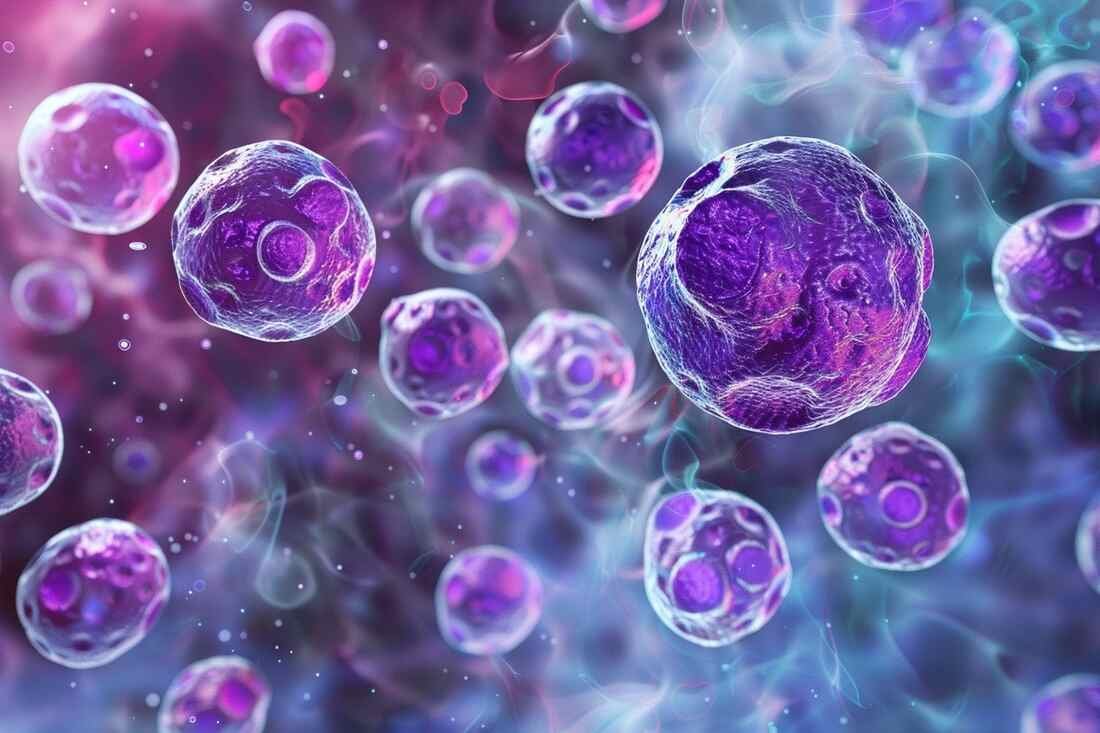Puberty
Puberty is the transformation from a child’s physical state to an adult’s physical state. It is accompanied by physiological and psychological changes. What characterizes puberty in girls and boys? What internal mechanisms cause these changes?
Puberty in girls
In girls, it begins on average around 9/10 years old. The first sign of puberty is breast development. It is done in three stages:
- The nipple rises and the mammary areola widens.
- The nipples enlarge and become pigmented. The areola becomes puffed out and the breast piriformis.
- Around 18-19 years, the breast takes its adult form with a hemispherical appearance and the strong protrusion of the nipple.
- During this period, the sex changes. The first hairs appear on the pubis and the vulva gradually transforms. It changes two to three years before the onset of the first period: the labia majora prominently on the perineal plane, the labia minora develop, the vulvar slit becomes horizontal and the clitoris enlarges slightly.
The onset of menstruation marks the end of puberty. “They most often occur two years after the onset of breast development,” says our expert. The morphology then changes: the pelvis widens and the adipose tissue is distributed around the hips and thighs.
“There is also the increase in the size of the ovaries and the uterus but this is not visible, of course. It is checked by ultrasound when we suspect a delay in puberty or precocious puberty”. Indeed, at puberty, the uterine body develops gradually to reach its adult form 4 to 5 years after the first period. Biological examinations make it possible to assess what is happening in the body:
- vaginal cytology is used to check the proper functioning of the ovaries.
- This examination is a faithful reflection of the ovarian secretion.
the temperature curve allows the study of the existence or the absence of the corpus luteum. - the study of gonadostimulins confirms the progressive nature of the onset of puberty. In young girls, they appear at a very low rate from the start of breast growth. Adult rates are reached 2 to 5 years after the first period.
Read also: Mental Health For Teens | Mental health in adolescence follows us throughout life
Puberty in boys
In boys, it arrives a little later, around 11 years old. “It starts later and ends later than in girls, to last on average between two and three years. It takes a little longer in boys.”
The first sign of puberty is an increase in the size of the testicles. Then comes the development of secondary sexual characteristics: pubic and axillary hair then growth of the penis at the same time as the moult (change of voice). Hair on the face, mustache and beard, appears last.
In girls and boys, the puberty period leads to a peak in growth. It was evaluated at 20 cm in girls and 27 cm in boys.
Along with the physical changes, puberty comes with psychological, intellectual and emotional maturation. “This aspect is important to take into account by parents in the educational follow-up of their children. For example, what is prohibited at 6 years old can be a source of conflict in a puberty period even if the little girl is only 10 years old. . Psychological changes are seen from the onset of puberty, “reports our endocrinologist.
What causes these physical changes?
Puberty seems to be due to the maturation of the central nervous system which removes the frenulum inhibiting the anterior hypothalamus. The onset of puberty occurs in the hypothalamus, which stimulates the pituitary gland. This gland located in the brain produces FSH (follicle stimulating hormone) and LH (luteinizing hormone), two hormones that trigger the development of the sex glands of the ovaries and testes.
The ovaries in turn will produce estrogen in girls and the testes will secrete testosterone in boys, the hormones responsible for physical changes.
Sources: Medline Plus, NHS
Photo source: Pixabay



